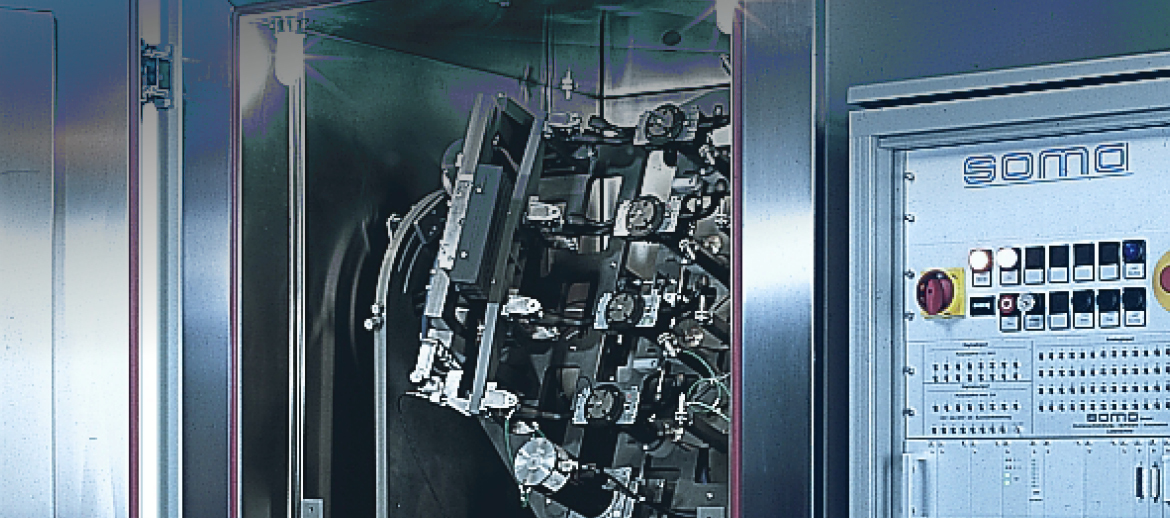
SOMA run-in & screening inspection
A run-in inspection detects faults resulting from defective components, which would only occur under load and in varying temperature conditions. The temperature range within which a run-in inspection is conducted usually extends from -40°C to +100°C, whereby the products being tested are exposed for different dwell times at previously specified temperature levels and are inspected for proper operation.